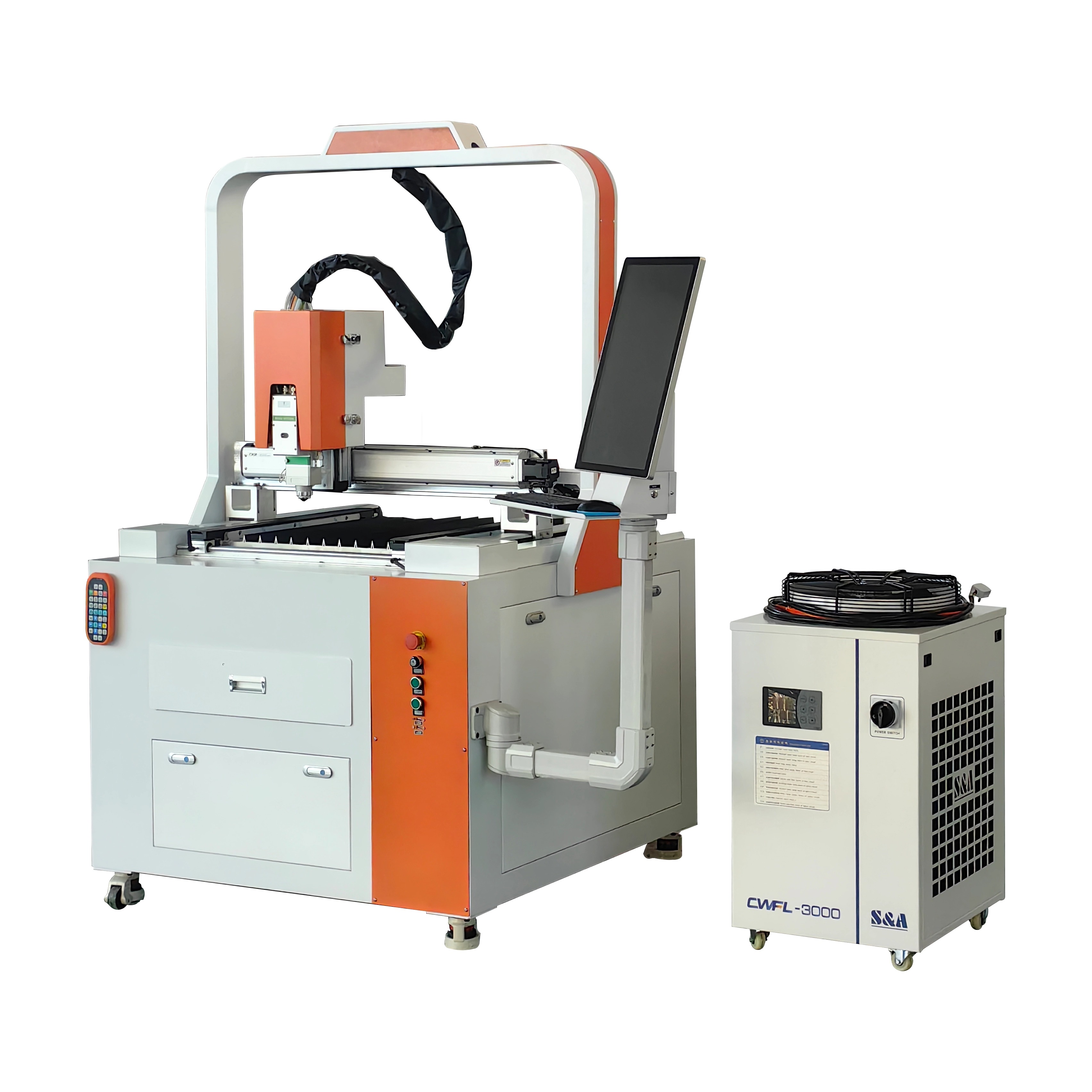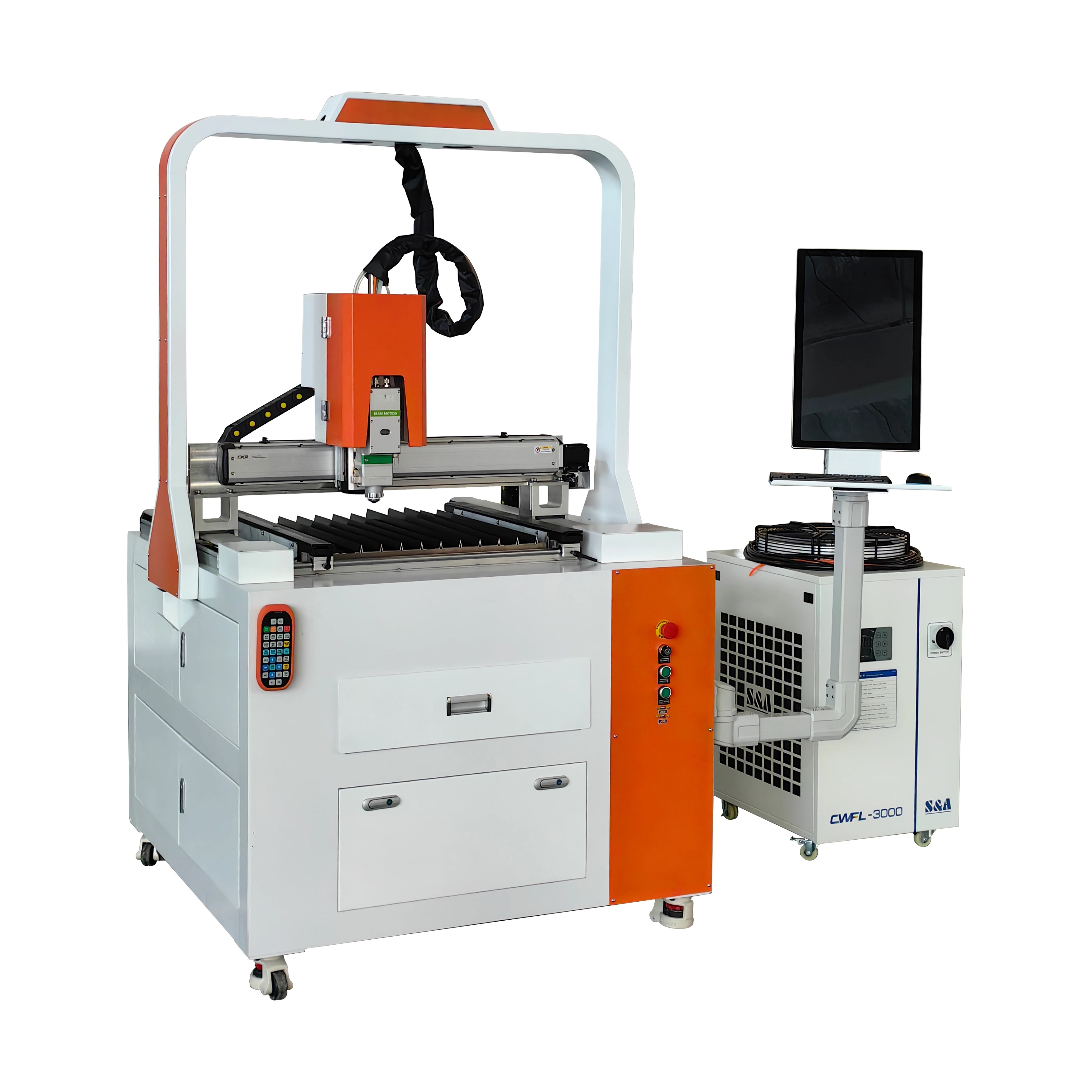Views: 194 Author: Site Editor Publish Time: 2025-07-04 Origin: Site
Fiber laser cutting machines have revolutionized precision manufacturing, offering unparalleled speed, accuracy, and efficiency across metals and other industrial materials. However, thermal damage remains one of the core challenges faced by operators and engineers during the cutting process. Excessive heat can alter the microstructure of materials, cause warping, reduce strength, and affect the overall finish.
This article explores practical, data-driven solutions to minimize or eliminate thermal damage in fiber laser cutting operations. With a deep dive into process parameters, cooling methods, material behavior, and cutting strategies, this guide offers a comprehensive look into how thermal damage can be prevented without compromising performance.
Thermal damage in fiber laser cutting arises primarily due to the concentration of high-intensity laser energy on a small area for a prolonged period. When the heat-affected zone (HAZ) exceeds certain thresholds, it can lead to:
Microstructural changes (such as grain growth or carbide precipitation)
Material hardening or softening
Edge oxidation
Warping and deformation
In high-precision industries such as aerospace, automotive, and electronics, even the smallest degree of heat-induced distortion can result in costly reworks or performance failures. Understanding how and why thermal damage occurs is the first step in developing robust solutions.
One of the most direct ways to reduce thermal input is by fine-tuning the cutting speed and laser power of your fiber laser cutting machine. The balance between power density and dwell time is crucial. If power is too high or the speed is too slow, excessive heat will accumulate and increase the size of the HAZ.
| Parameter | Recommended Strategy |
|---|---|
| Cutting Speed | Increase speed slightly when cutting thin materials to reduce heat buildup. |
| Laser Power | Use the lowest power necessary to achieve full penetration. |
| Frequency | For pulsed lasers, optimize pulse frequency to allow cooling time between bursts. |
By dynamically adjusting the speed and power based on material thickness and type, operators can minimize unnecessary heat exposure while still ensuring clean cuts.

Assist gases play a crucial role in fiber laser cutting. Not only do they help blow away molten material, but they also assist in cooling the cutting area and preventing oxidation. The type of gas used — whether it's nitrogen, oxygen, or air — has a profound effect on heat distribution and material interaction.
Nitrogen: Ideal for stainless steel and aluminum; prevents oxidation and reduces heat discoloration.
Oxygen: Enhances cutting of carbon steel but increases thermal input due to its exothermic reaction.
Compressed Air: Cost-effective but less efficient for cooling compared to nitrogen.
Using high-purity nitrogen at higher pressure can dramatically reduce the thermal impact on the material surface and edges, preserving the integrity of both the part and the surrounding material.
Pulse cutting is particularly effective when working with heat-sensitive or thin materials. Instead of a continuous beam, pulse cutting uses intermittent laser bursts, allowing the material time to cool between pulses. This reduces the average heat input and helps prevent warping or thermal distortion.
Microcutting applications
Thin sheet metal (<1 mm)
Precision components requiring minimal edge burr
By tailoring the pulse width, duty cycle, and repetition rate, manufacturers can strike the right balance between cutting efficiency and thermal control.
Beyond process parameters, cooling methods are critical in managing thermal damage. Modern fiber laser cutting machines often incorporate integrated cooling systems or allow for external cooling enhancements. These systems reduce the ambient temperature of the workpiece and the cutting environment.
Chillers: Maintain optimal laser temperature and prevent overheating of optical components.
Substrate Cooling: Conductive cooling via heat sinks or cooling beds beneath the material.
Water Mist Cooling: For specific materials like plastics or composites, fine water sprays can help manage surface temperatures.
While these solutions may introduce additional setup complexity, the long-term benefits in cut quality and tool longevity are substantial.
Different materials exhibit varying degrees of thermal conductivity, reflectivity, and reactivity. For instance, aluminum has high reflectivity and thermal conductivity, meaning it dissipates heat rapidly but is harder to cut cleanly. In contrast, stainless steel retains heat longer and is more prone to warping.
Coating: Applying protective films or coatings that reduce thermal impact.
Preheating: For thicker materials, mild preheating can reduce the temperature gradient during cutting.
Clamping: Securing the material tightly can reduce warping by keeping it flat during heat exposure.
Understanding the material's physical and thermal properties allows for smarter machine programming and better overall cutting performance.
Advanced fiber laser cutting systems often come equipped with real-time process monitoring and simulation capabilities. These tools help detect and prevent thermal anomalies before they cause visible damage.
Detect hotspots and adjust laser output in real time
Monitor gas flow, temperature, and cut quality
Record thermal behavior for traceability and continuous improvement
Simulation software enables manufacturers to test different cutting strategies virtually, helping identify optimal parameters before actual production. It reduces trial-and-error and minimizes the chances of unexpected thermal failures.

Yes. If the HAZ is too large, it can cause grain coarsening, hardening, or softening, which directly affects mechanical properties.
Fiber lasers typically operate at around 1064 nm. While effective for metals, shorter wavelengths (e.g., green or UV lasers) may be preferable for delicate materials.
Look for signs such as discoloration, warping, edge burrs, or microcracks. Post-cut inspection using microscopy or hardness testing is recommended.
Fiber laser cutting machines are powerful tools capable of delivering microscopic precision at industrial scales. However, with great power comes the challenge of managing thermal side effects that can compromise part quality and durability. By understanding the causes of thermal damage and implementing the strategies discussed — from adjusting machine settings and using assist gases to employing real-time monitoring — manufacturers can significantly improve the cutting outcome and reduce material waste.
Minimizing thermal damage isn't just about protecting materials — it's about elevating operational excellence, reducing rework, and ensuring consistent production quality. In high-demand industries, this level of control isn’t optional. It’s essential.